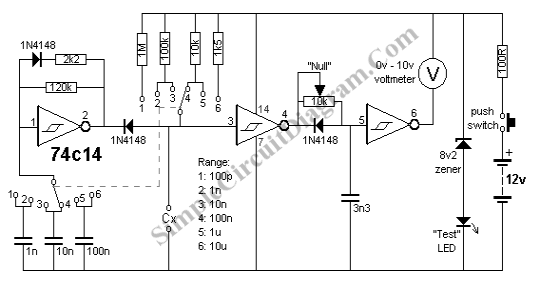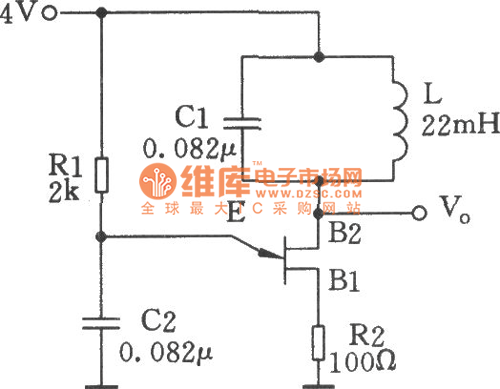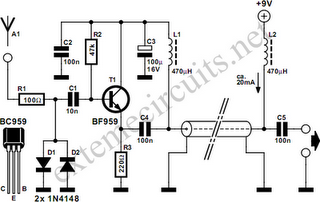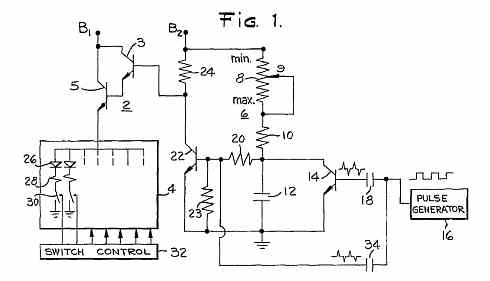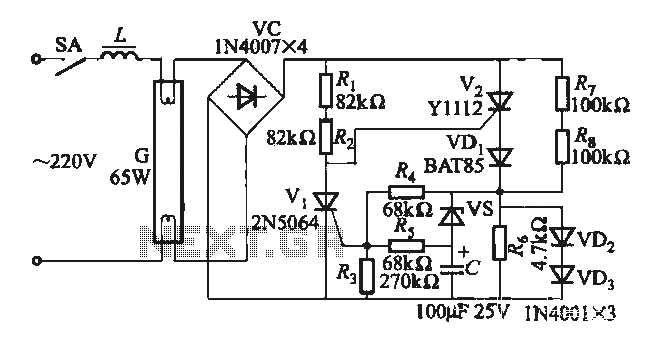
Sound Activated Switch Circuit
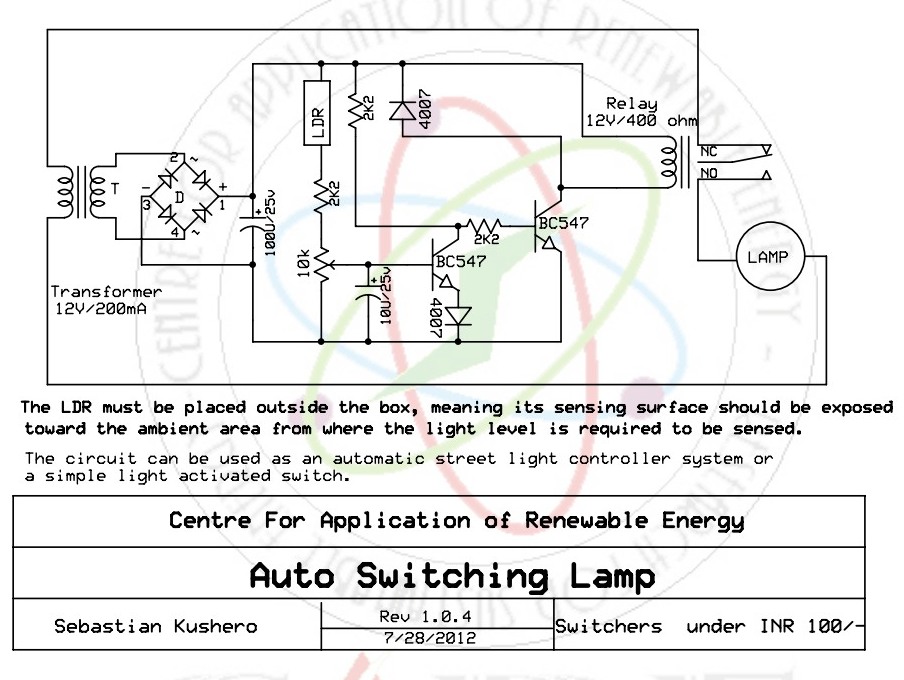
This sound-activated switch allows for sound control, which can be beneficial not only for robotic applications but also for home automation.
The sound-activated switch operates by detecting specific sound frequencies or patterns, enabling the user to control various devices or systems with voice commands or other sound inputs. The core component of this circuit typically includes a microphone or sound sensor, an amplifier, and a microcontroller or logic circuit that processes the sound signals.
The microphone captures ambient sound and converts it into an electrical signal. This signal is then amplified to a suitable level for further processing. The amplified signal is fed into a microcontroller, which is programmed to recognize specific sound patterns or thresholds. Upon detecting the designated sound, the microcontroller can trigger an output, which may be used to activate a relay, switch on a light, or control other electronic devices.
In a home automation context, this technology can be integrated into various applications such as turning on lights, controlling appliances, or even activating security systems. The versatility of sound-activated switches makes them a valuable addition to both robotic systems and home automation setups, enhancing user interaction and convenience.
For optimal performance, careful consideration should be given to the selection of the microphone, the sensitivity settings of the amplifier, and the programming of the microcontroller to ensure reliable operation in various acoustic environments. Additionally, incorporating noise filtering techniques can improve the accuracy of sound detection, minimizing false activations from background noise.With this sound activated switch, control by sound may be very useful, not just on a robot but also for a bit of home automation, for example a sound-activ.. 🔗 External reference
The sound-activated switch operates by detecting specific sound frequencies or patterns, enabling the user to control various devices or systems with voice commands or other sound inputs. The core component of this circuit typically includes a microphone or sound sensor, an amplifier, and a microcontroller or logic circuit that processes the sound signals.
The microphone captures ambient sound and converts it into an electrical signal. This signal is then amplified to a suitable level for further processing. The amplified signal is fed into a microcontroller, which is programmed to recognize specific sound patterns or thresholds. Upon detecting the designated sound, the microcontroller can trigger an output, which may be used to activate a relay, switch on a light, or control other electronic devices.
In a home automation context, this technology can be integrated into various applications such as turning on lights, controlling appliances, or even activating security systems. The versatility of sound-activated switches makes them a valuable addition to both robotic systems and home automation setups, enhancing user interaction and convenience.
For optimal performance, careful consideration should be given to the selection of the microphone, the sensitivity settings of the amplifier, and the programming of the microcontroller to ensure reliable operation in various acoustic environments. Additionally, incorporating noise filtering techniques can improve the accuracy of sound detection, minimizing false activations from background noise.With this sound activated switch, control by sound may be very useful, not just on a robot but also for a bit of home automation, for example a sound-activ.. 🔗 External reference
